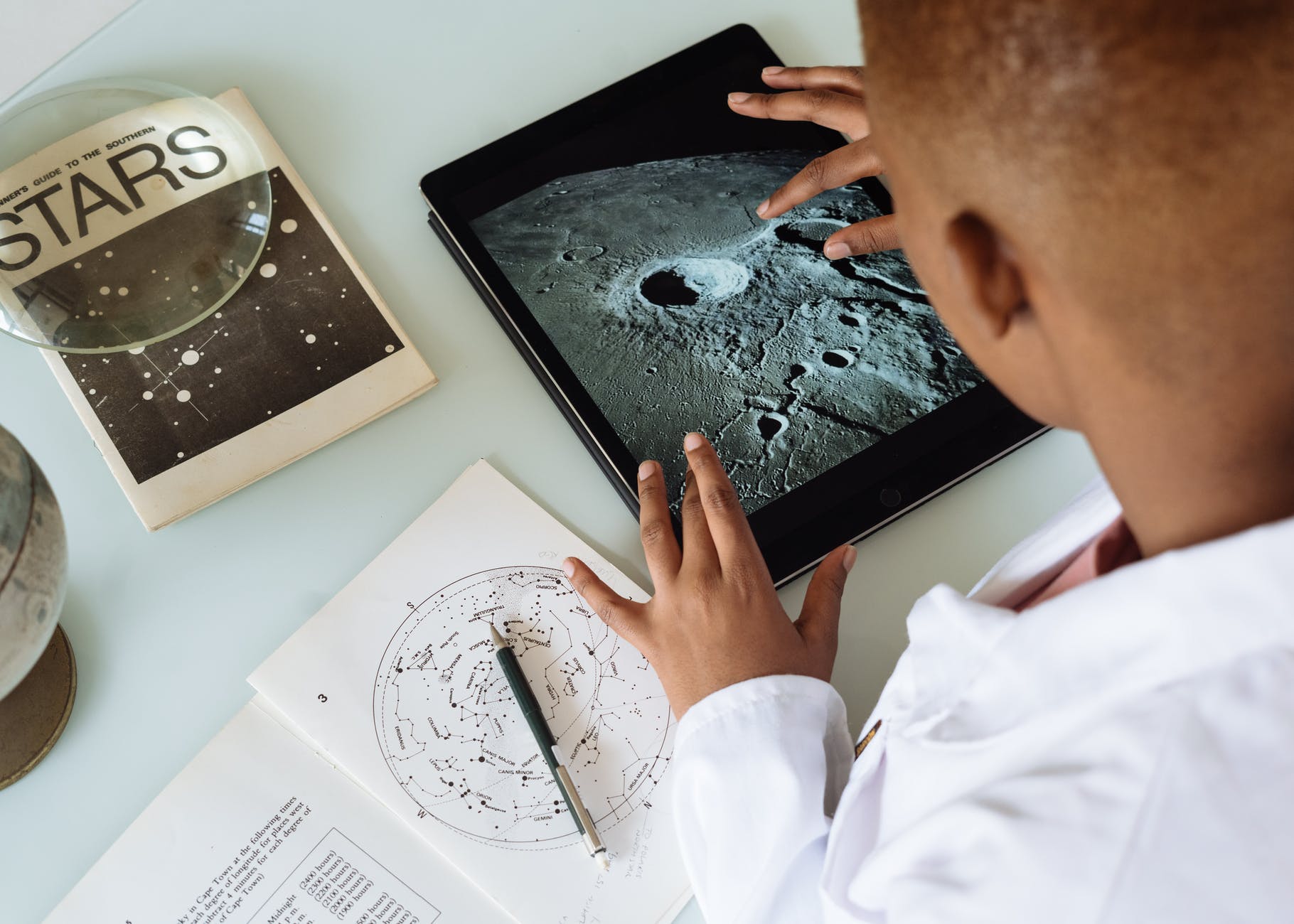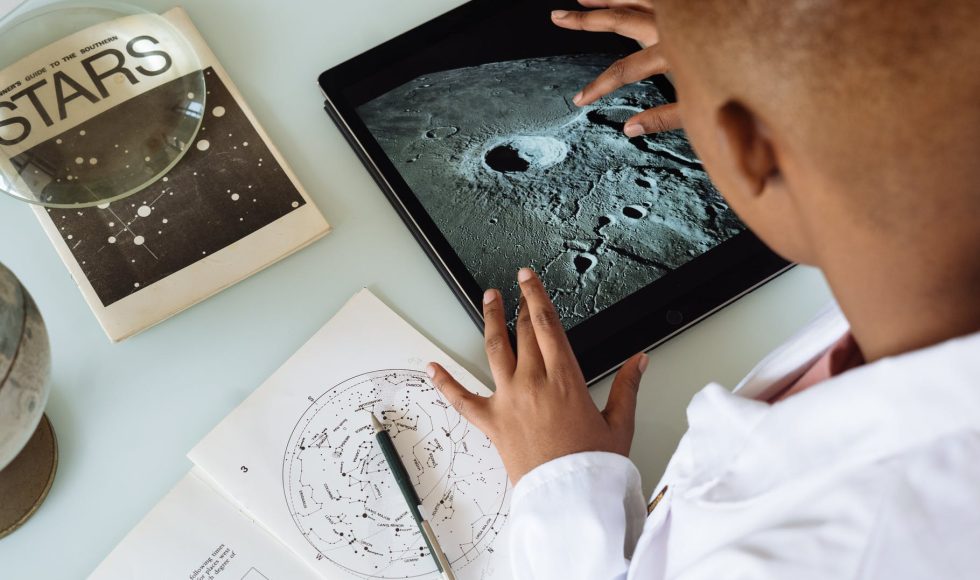It was a fun day with the family! We needed some downtime, and Aurelio took another long nap! Tonight I watched a couple of Open Ed 2021 lightning talks. I started with the session entitled “Co-creation of OERs for Foreign Language Acquisition: A Case study on Goa, India” presented by Natasha Maria Gomes from Goa University. Gomes began by reviewing the National Curriculum Framework and textbook use in India. DIKSHA, the Digital Infrastructure for School Education, is working to create content for a variety of subjects. Among those working groups, Gomes spoke about the group working on the co-creation of OERs for Foreign Language Acquisition. The goal is to combine experienced teachers with tech stills and invite ex-students and members to contribute. Gomes explained that because of the digital access issues in the country, they intentionally created printable versions and allowed remixing by teachers. Gomes focuses on teaching foreign languages and emphasized understanding culture(s) and contextualizing textbook content. This was important for Goa. They designed content to develop a global perspective while also including local connections. In order to teach the mechanics of the language, they included links to the lived experience of students in both India and France. They included scenarios about festivals, families, and people with disabilities. Gomes mentioned that one barrier was finding images that were Creative Commons licensed, for example. Technology sills also influenced the quality of the resources produced. Gomes ended by mentioning the possibility of television media, radio options, and a MOOC! As an aside, I loved the simplicity of the slides, and Gomes had a final slide citing Slidesgo, icons by Flaticon, and infographics by Freepik. I checked out some of the infographics at Freepik and they are awesome!
The second session was entitled “Pedagogical Approach For Digital Literacy Education Utilizing OER” and presented by Katsusuke Shigeta, Hiroaki Tanaka from Hokkaido University, and Seiko Koike from Adobe. The enter for Open Education at Hokkaido University collaborated with Adobe KK to create an OER to learn design thinking. The resource is available on Adobe Exchange. Shigeta explained that their approach consisted of using OER in blended learning settings by learning the basic knowledge before attending class through OERs and then engaging in activities to create OERs while using knowledge in face-to-face settings. This is exactly what I hope to achieve as part of BIT 295! Citing Engestrom, they explained how the pedagogical approach consisted of a quiz without knowledge of the learning content for motivation, then using the tools as the main activity for direction, and then repeating the task again for internalization. In a Hy-flex setting with 10-15 students in online and 10-15 in-person, they did peer review of OERs. Tanaka described how their module introduced design thinking: in the first module they observed; in the second module they learn design digital thinking. Tanaka explained how by repeating quizzes, students can reflect on their learning gains. Tanaka also shared that their OER modules have been translated and are available in different languages. I have to think about how to incorporate that cycle and may already have a framework with the video knowledge-checks and case study questions for BIT 295. It may be possible to include an OER creation activity as part of the in-person sessions.



